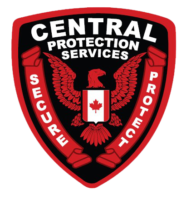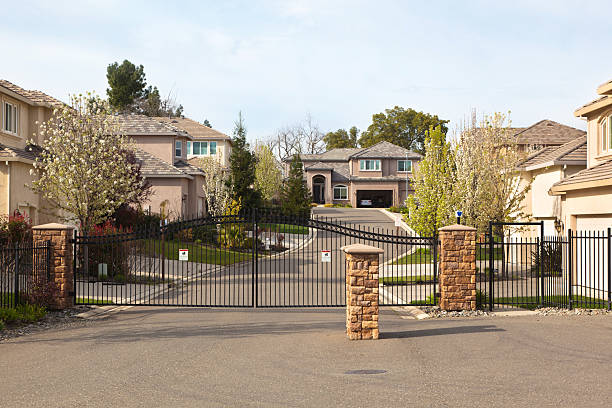Fort McMurray, with its stunning natural beauty and vibrant community, is a desirable place to live. Many residents choose gated communities for the added layer of security they provide. However, while gated entrances offer a sense of safety, they are not a foolproof solution against crime. Implementing effective residential security strategies is crucial for maintaining safety and peace of mind in these communities. In this blog, we’ll explore various strategies that can enhance Residential Security in Fort McMurray’s gated neighborhoods.
1. Access Control Systems
Gated Entry Points
While gates are a primary security feature, the effectiveness of access control systems can be greatly enhanced. Implementing electronic access systems, such as key card or biometric scanners, ensures that only authorized residents and guests can enter the community.
Visitor Management Systems
Incorporating visitor management systems can help track who enters and exits the community. This may include pre-registration for guests or delivery personnel, providing an additional layer of accountability.
2. Security Patrols
On-Site Security Personnel
Employing trained security guards to patrol the community can act as a significant deterrent to criminal activity. These guards can monitor activities, respond to incidents, and provide a sense of security for residents.
Mobile Patrols
In larger gated communities, mobile patrols can cover more ground efficiently. Regular patrols ensure that all areas of the community are monitored, enhancing overall security.
3. Surveillance Systems
CCTV Cameras
Installing a network of high-resolution CCTV cameras throughout the community helps monitor common areas, entrances, and exit points. Real-time surveillance allows for quick responses to suspicious activity and provides valuable evidence if an incident occurs.
Remote Monitoring
Utilizing smart technology, residents can access live feeds from their security cameras through mobile apps. This allows homeowners to keep an eye on their property while away, providing peace of mind.
4. Neighborhood Watch Programs
Community Involvement
Encouraging residents to participate in a neighborhood watch program fosters a sense of community and collective responsibility. Regular meetings and communication can help residents stay informed about safety issues and watch out for each other.
Emergency Preparedness Training
Organizing training sessions for residents on emergency preparedness, crime prevention, and safety protocols can empower them to respond effectively in various situations.
5. Landscaping and Lighting
Strategic Landscaping
While landscaping enhances the aesthetic appeal of a community, it can also impact security. Ensuring that shrubs and trees do not obstruct visibility around entrances, pathways, and common areas is vital for maintaining a clear line of sight.
Adequate Lighting
Well-lit areas deter criminal activity. Installing motion-activated lights in dark spots and ensuring that all pathways, entrances, and communal areas are well-lit can enhance security during nighttime hours.
6. Communication Systems
Community Alert Systems
Implementing a community-wide alert system allows residents to quickly communicate safety concerns or suspicious activities. This can include mobile apps, group messaging platforms, or community newsletters to keep everyone informed.
Regular Security Updates
Providing residents with regular updates about security measures, local crime trends, and safety tips fosters an informed and proactive community.
7. Emergency Response Plans
Establishing Protocols
Having a clear emergency response plan is crucial for any community. This plan should outline procedures for various scenarios, such as intrusions, natural disasters, or medical emergencies.
Training and Drills
Conducting regular drills and training sessions for residents on how to respond in emergencies ensures that everyone knows what to do when the need arises.
Conclusion
Gated communities in Fort McMurray offer a unique blend of privacy and Residential Security, but additional strategies are essential for ensuring the safety of residents. By implementing comprehensive security measures—such as access control systems, surveillance technologies, community engagement, and emergency preparedness—these communities can create a safer environment for everyone. As residents come together to prioritize security, they not only protect their homes but also foster a sense of community that enhances the quality of life in Fort McMurray.






